Futures Thinking vs Design Thinking
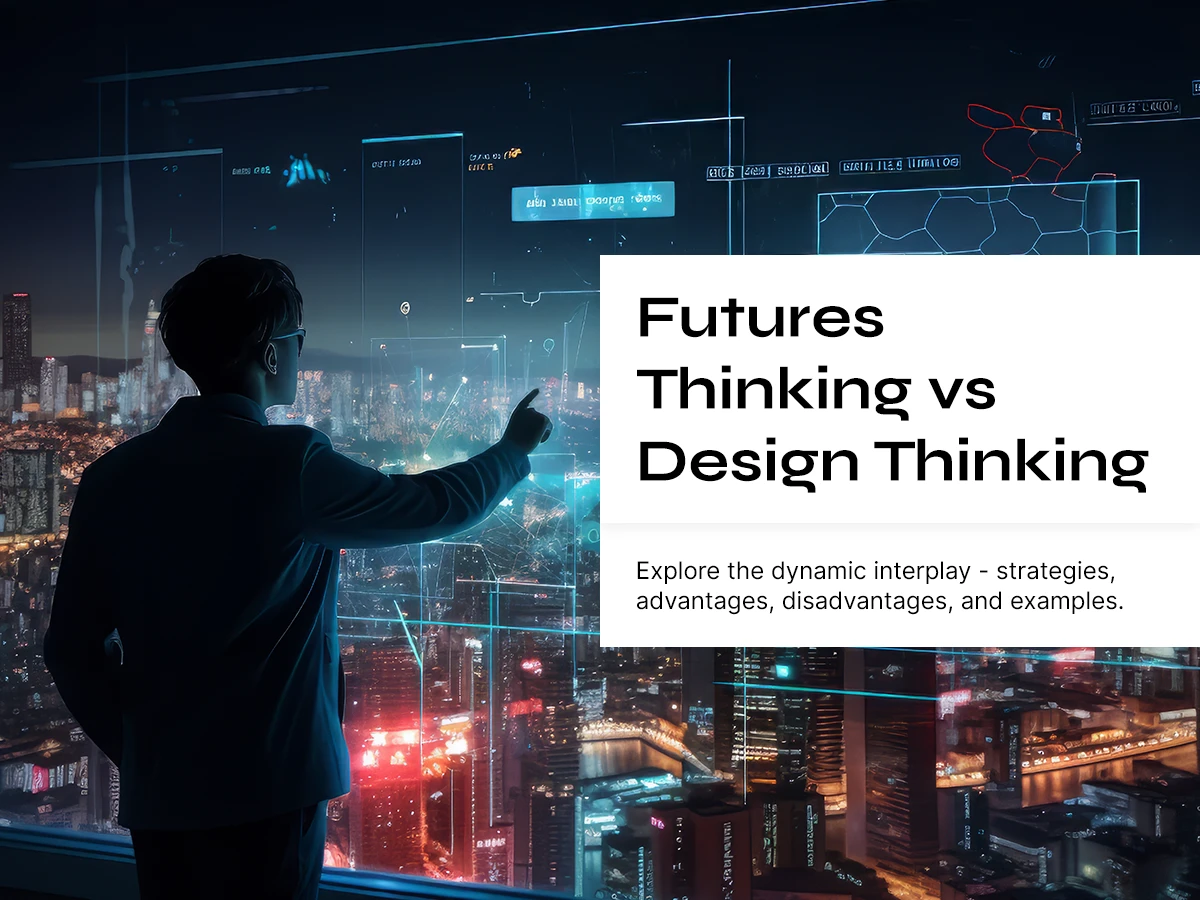
Design thinking and futures thinking are two strategic approaches often used in innovation, strategic planning, and problem-solving processes. While they share a common aim of creating better solutions and futures, they differ in several ways.
Design thinking is a human-centric approach to innovation that integrates the needs of people, technological opportunities, and the requirements for business success. It is focused on creating effective, desirable, and feasible solutions to meet present needs. It involves problem identification, brainstorming, prototyping, testing, and implementation. It often deals with existing problems and works with a concrete, present-oriented perspective.
Futures thinking, on the other hand, is more about exploring multiple plausible and possible futures without being limited by the present. It encourages the consideration of long-term impacts, possible scenarios, and the uncertainty of the future. Rather than creating immediate solutions, it helps organizations prepare for various possible futures. It involves trend analysis, scenario planning, visioning, and forecasting. It leans more on extrapolating current trends and imaginations, aiming to mitigate potential risks and grasp opportunities ahead of time.
Examples of Futures Thinking and Design Thinking
Futures Thinking Example
Assume an organization in the energy sector wants to prepare for the potential impacts of climate change. Using futures thinking, they might analyze global trends, scientific data, and the regulatory environment to develop multiple scenarios for the next 30 years.
These might include a future where renewable resources dominate, another where carbon capture technology becomes prevalent, and a third where climate change impacts the availability of resources.
Based on these scenarios, they would strategize and decide how best to invest in technology, partnerships, and other key areas to mitigate risks and leverage potential opportunities.
Design Thinking Example
Suppose an electronics company wants to develop a new smartphone model. Applying design thinking, they would first empathize with users to understand their needs and pain points.
They might conduct interviews or surveys to gather insights. Then they would define the specific problems to solve, like improving battery life or making the screen more durable. They would then brainstorm multiple solutions, develop prototypes, and test them with users.
Based on users’ feedback, they would refine the product until it is ready for production and market release. This whole process is focused more on solving immediate problems and improving the existing product.
Both these approaches combined can lead to a more holistic strategy. The electronics company could use futures thinking to develop a wider long-term strategy that considers potential changes in technology, consumer behavior, and the competitive landscape. Simultaneously, they could use design thinking to continue improving and innovating their products according to current market needs and expectations.
Advantages and Disadvantages of Futures Thinking
Advantages
- Anticipating changes: It allows organizations to anticipate changes, adapt in time, and take advantage of emerging opportunities.
- Reduces uncertainty: Presenting various possible future scenarios can help reduce uncertainty and allow for more informed decision-making.
- Encourages long-term thinking: It promotes strategic, long-term planning, which can be essential for sustainable business growth.
Disadvantages
- Unpredictability: Despite the best efforts, the future is still unknown. Predictions may be inaccurate or misaligned due to unforeseen events or changes.
- Can lead to paralysis: It can sometimes lead to over-analysis. When presented with multiple possible futures, organizations may become paralyzed by indecision.
- Requires a significant amount of time and resources: Achieving meaningful foresight usually requires a good deal of research, time commitment, and sometimes specialized training and external help.
Advantages and Disadvantages of Design Thinking
Advantages
- User-centric: It always keeps the end-user at the center. It seeks to understand the user’s needs, pain points, and desires, making the final product far more likely to succeed.
- Encourages innovation: Through brainstorming and iterative processes, design thinking fosters creativity and innovation. It facilitates the development of original, effective solutions.
- Reduces risks: Through prototyping and testing, design thinking allows ideas to be validated before full-blown implementation, mitigating risks associated with product or service launch.
Disadvantages
- Time-consuming: The iterative nature of the process, which involves a lot of brainstorming, prototyping, and testing, can be time-consuming.
- Implementation: Sometimes, the ideas generated may be innovative but impractical or unaffordable to implement in real-world conditions.
- Overemphasis on users: Sometimes focusing too much on user needs may overlook other important aspects such as technology feasibility or business viability.
Can futures thinking and design thinking be used together?
Yes, futures thinking and design thinking can be integrated and used together to develop a more comprehensive approach to innovation and strategy.
When used together, these two methods can cover both the short and long-term needs of an organization. Design thinking can help meet pressing challenges and user needs, while futures thinking can ensure the organization is prepared and positioned for success in the long run.
For example, a tech company may use design thinking to improve the user interface of their current software based on present user feedback (short-term), while at the same time use futures thinking to explore how advances in AI could change the way people interact with software in the future (long-term). This dual approach allows the company to continually evolve and innovate in line with both current user needs and emerging trends.
Examples of using futures thinking and design thinking together
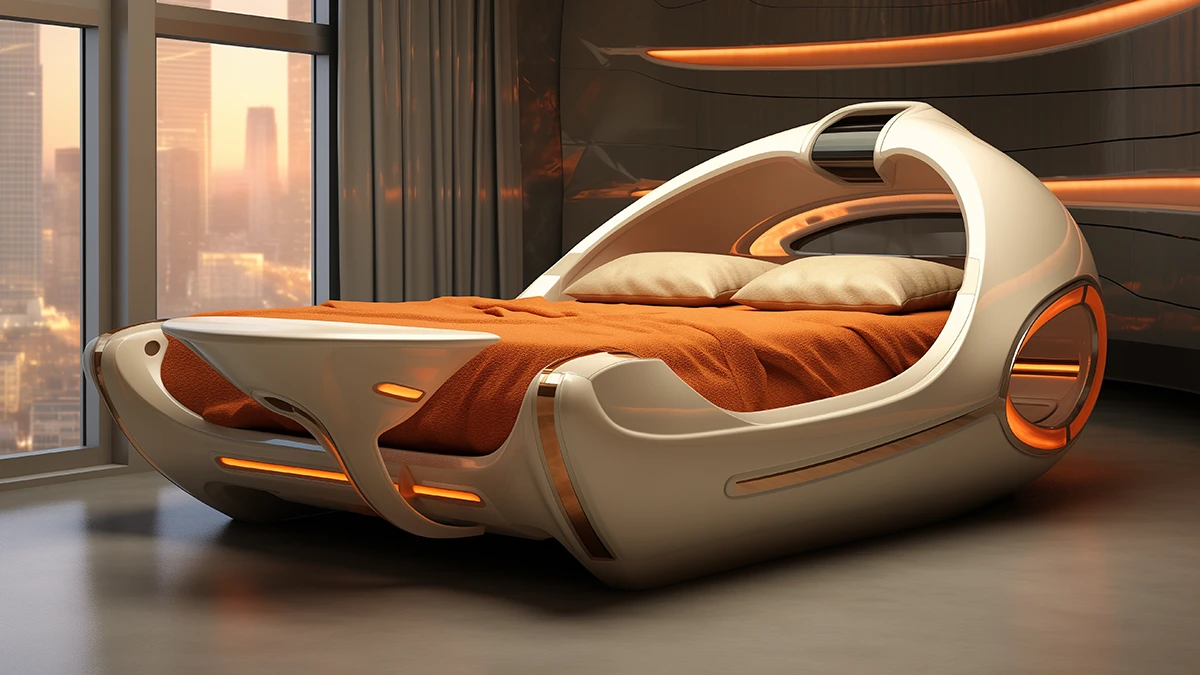
Airbnb – Hospitality Industry
When the founders of Airbnb started, they used design thinking to identify a problem people had – finding affordable accommodation while traveling and matched it with the possibility of people having spare spaces that could be rented out. They then ideated, prototyped, and iterated the solution until they created a viable and usable app.
Airbnb’s strategic planning did not stop at the present problem. They used futures thinking to envision emerging trends – sharing economy, global nomadism, and digital technology embedded in daily life. They anticipated socio-cultural changes and the growing desire for personalized and unique travel experiences.
This foresight propelled Airbnb to expand and diversify its services, from renting a room to offering local experiences and entire homes, to even boutique hotels and luxury sites.
Sustainability and inclusive design are other critical areas Airbnb is working on to keep up with its foreseen futures. By anticipating gentrification issues, regulatory disputes, and the global demand for more sustainable practices, Airbnb started efforts like crafting clear home-sharing rules or partnering with local governments, piloting eco-friendly stays, etc.
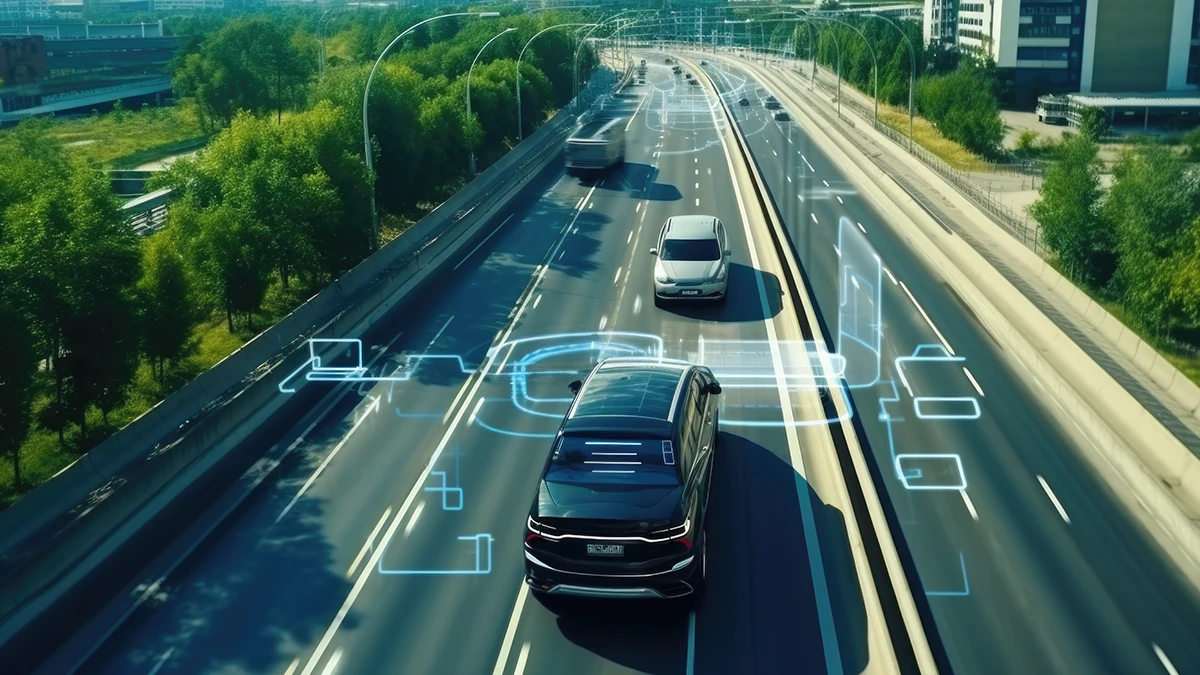
Autonomous Vehicles – Automotive Industry
At the core of their development, automotive companies like Tesla, Waymo, and Uber utilize design thinking. They empathize (observe and engage with users and understand their experiences and motivations), define (identify users’ needs, problems, and insights), ideate (generate a range of possible solutions), prototype (build representations of one or more of their ideas to show to others), and test (try out high-resolution products).
Simultaneously, these companies employ futures thinking as they look ahead to the present and anticipate a world where autonomous vehicles become the norm. They explore different scenarios – the implications on traffic and urban planning, the legal and ethical considerations, and even how self-driving vehicles would affect societal behaviors and lifestyles.
This enabled them not only to work on the technological innovation itself but also to influence regulatory policies, negotiate with city officials, launch pilot programs in select cities, and educate potential customers – all of which are strategic initiatives to prepare for a self-driving future.
Conclusion
In essence, while design thinking is centered on solving present problems with innovative solutions, futures thinking seeks to anticipate and shape future possibilities. Both these approaches can be utilized together for a more comprehensive strategy – with one providing a solution for the now, and another paving the way for the future.
Together, they allow businesses to identify future opportunities and develop practical innovations to address them.
Subscribe to the Future Disruptor newsletter.




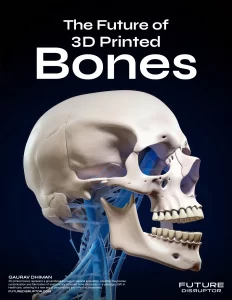
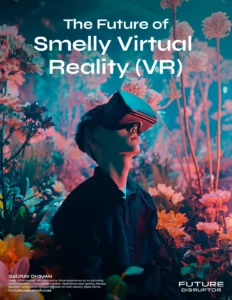
Leave a Reply